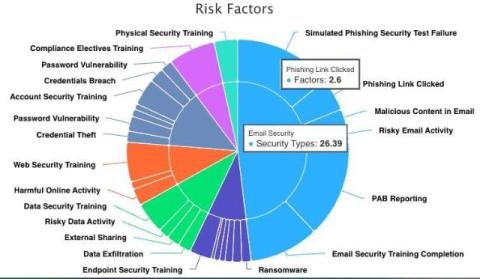Meet SmartRisk Agent: Unlock Your New Human Risk Management
Depending on who you ask, between 70 and 90 percent of cyber risk has human error as the root cause. That's why Human Risk Management (HRM) is so important. And here is the next major advance in HRM. We're thrilled to announce the second version of our risk score architecture. It is so far advanced we have renamed—promoted really—our initial "Virtual Risk Officer" to SmartRisk Agent.





